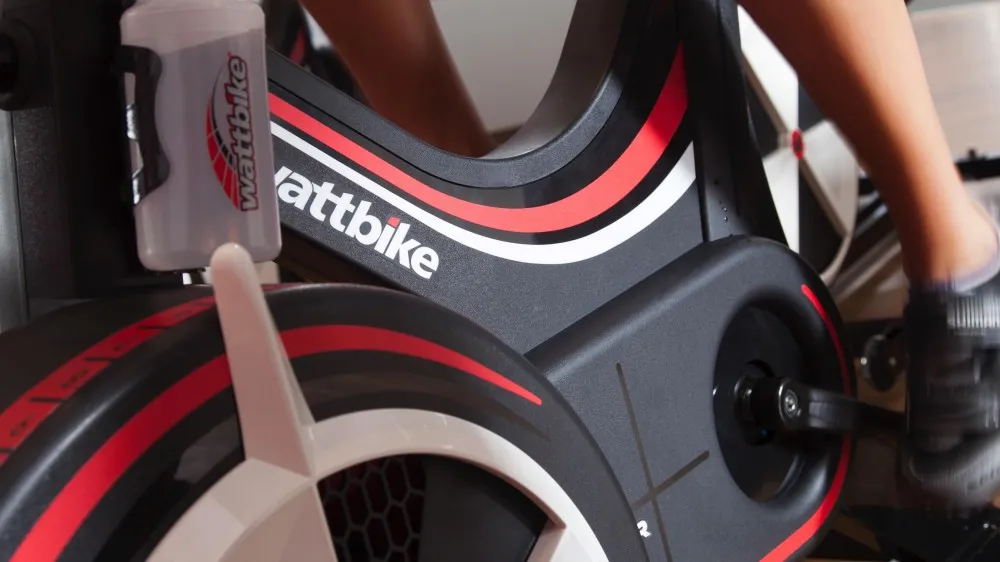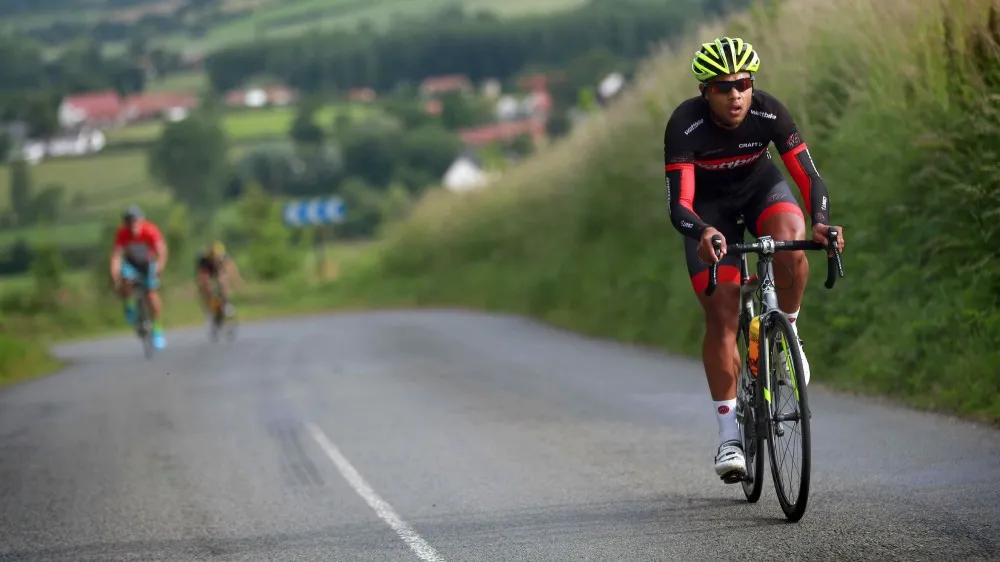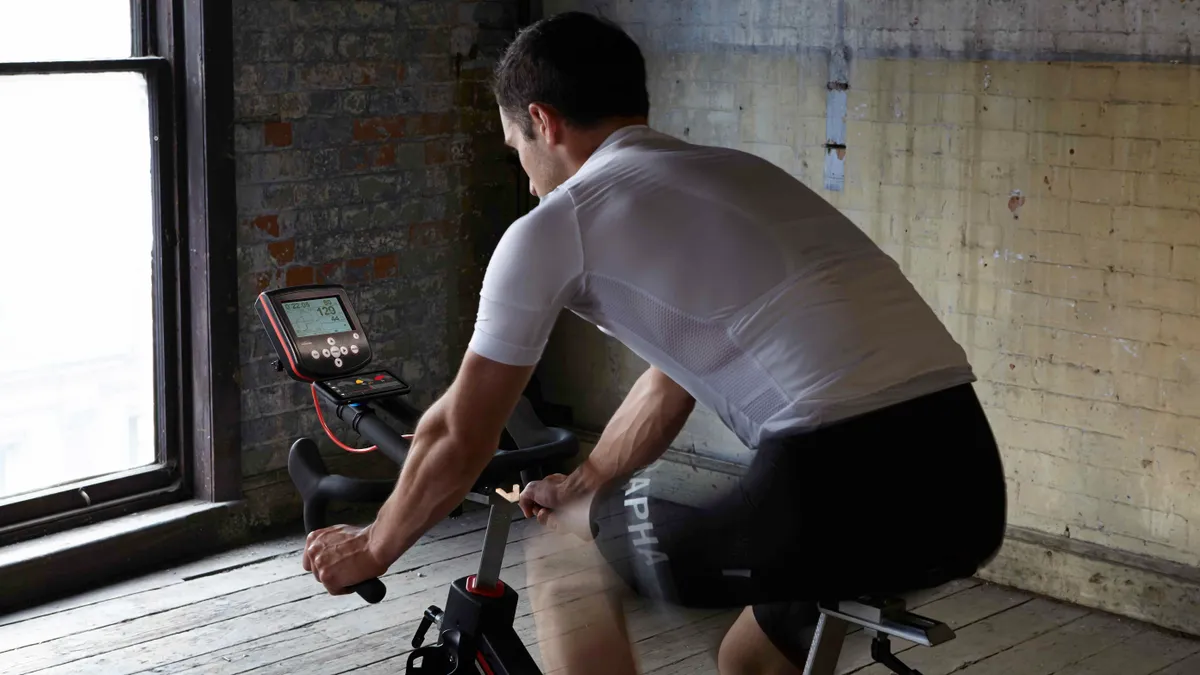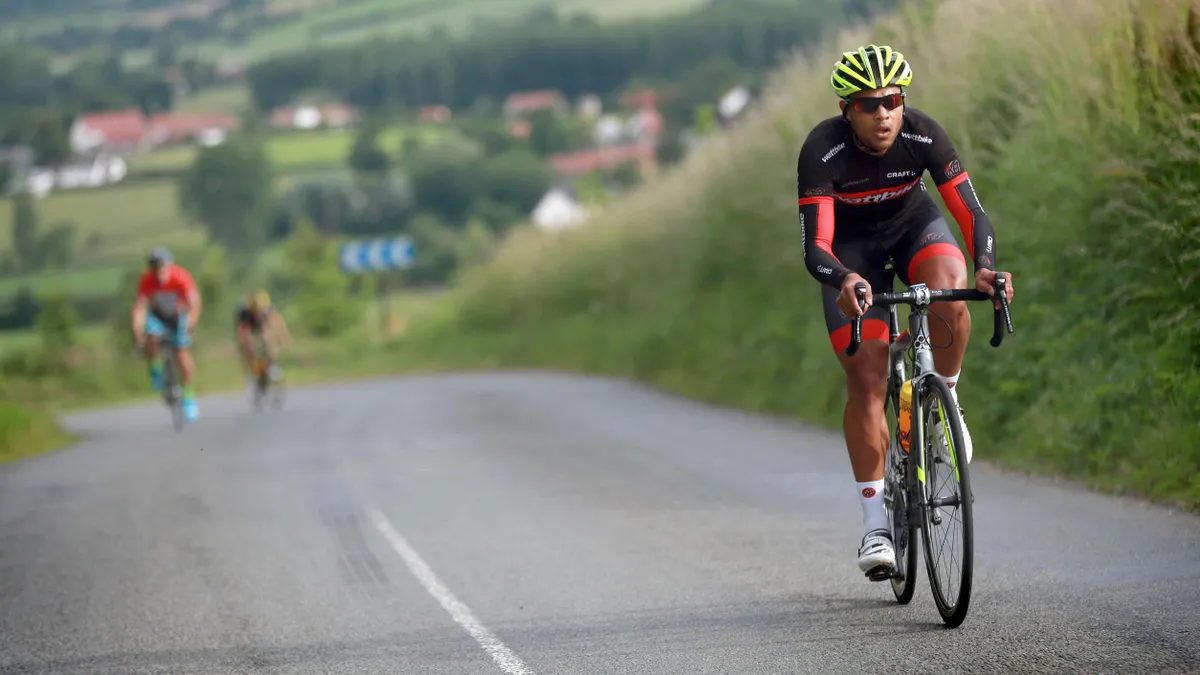This is a promoted post in association with Wattbike
From power and pedalling technique to lactate and heart rate, some training advice isn’t worth the pixels it’s written in. Wattbike’s Sport Scientist Eddie Fletcher debunks the most troublesome myths…
Myth 1: Warm-up is to get warm
A warm-up is not really about being ‘warm’ or even about injury prevention – it’s about preparing your body and mind for the task ahead, particularly so for any moderate to high intensity activity. At the start of your workout the body recruits the muscle fibres it thinks it needs but as the body doesn’t know how long you’re going to exercise for, it doesn’t recruit enough. A good warm-up can slow down the rate of fatigue and improve performance.
I prefer progressive warm-ups of 10-20 minutes that use increasing leg speeds on low gears to get your heart rate (HR) up to 75-85% of its maximum (for a short period). This gives the body the stimulus it needs to respond to your workout/race at optimum level.
Check out NFTO rider Dean Downing’s warm-up here.
Myth 2: Dehydration limits performance

This is one of those myths that’s difficult to dispel. The drop off in performance in hot conditions is primarily about the body’s retention of heat rather than the lack of fluid.
Sure, extreme dehydration causes problems so a fluid intake strategy is necessary but the correlation between performance and dehydration is not supported by research.
It’s important not to consume huge quantities of fluid as this may reduce performance. Balancing hydration with staying cool is the key.
Read Wattbike’s hydration tips for cyclists here.
Myth 3: Lactic acid is hurting me
“I’m in pain because of lactic acid,” is an oft-heard lament. The pain is more likely caused by nerve endings in the muscle being stimulated.
Lactate (the accurate term) contains lots of energy and can serve as a fuel, delaying fatigue; if your muscles don’t produce a high level of lactate they will fatigue sooner.
In fact lactate is one of the most important energy sources for muscle activity, flowing to the muscles and organs – particularly the heart liver, and brain. So let’s embrace lactate, it’s not the enemy once assumed.
Myth 4: Big gears make you faster

This is one I hear so often. All a gear does is send the bike along the road X metres per pedal revolution. How fast you go depends on how many revolutions of per minute you can push the gear through, and – importantly – the physiological response to that effort.
If you push a big gear at a low cadence you may be better using a lower gear with a higher cadence for more speed; certainly the physiological response will be beneficial as the body responds well to leg speed.
It’s also a question of being able to use the correct leg muscles to drive the pedals. On big gears the force is applied earlier (peaking earlier), meaning that not all the right muscles can be activated and thus muscles fatigue quicker. Getting the right combination of gear and cadence is important for any cyclist.
I recommend maintaining a minimum cadence of 90rpm to ensure correct muscle activation and angle of peak force, using gears to produce the power/speed and physiological response required.
Myth 5: High intensity training is the way forward
High intensity training is, essentially using as much energy as you can during exercise in a short time.
It’s currently all the rage in the fitness industry in the HIIT format - High Intensity Interval Training, where you push yourself to the limits for a short time, then drop off to a comfortable effort level, return to pushing to the limit, and so on. It may be good for burning calories for weight loss in a gym, but for a cyclist with an eye on overall performance it doesn’t do the job.
There is a place for some high intensity training, but not in isolation – it needs to be part of a well-balanced training plan, otherwise it can be both limiting in training effectiveness, and also detrimental to overall wellbeing.
By doing only high intensity workouts, the body won’t develop beyond a certain point. And if high intensity training is not balanced with the correct mix of lower intensity, longer duration training, and suitable recovery periods, it will lead to excess fatigue and ultimately reduced performance, illness and injury.
There is no substitute for a well-balanced training plan, such as these.
Myth 6: Heart rate is too variable as a training measurement
No – it’s precisely because HR is variable that it is such a useful training measure; it varies depending on the condition of the body and the environment in which you are training. It’s the body’s real-time barometer of what it is experiencing, the heart knows first when you are fatigued, over-heating, ill, over-training or under recovering.
It’s a major training parameter working alongside the other (variable) parameters – power, speed, gear and cadence. Not using HR as a training variable is a huge mistake and a major cause of over-training, under recovery and under performance – check out Wattbike’s video on combining HR and power here.
Get a good heart rate monitor and know how your HR relates to your power zones, then use the combination of both to monitor your training. It’s no good training at a particular power if your HR is screaming at you that something is wrong.
Myth 7: Long rides are good for you

Okay, this isn’t really a myth, because yes they can be – but only in the context of the physiological response, recovery and body adaptive processes. And getting the duration and intensity right is fraught with difficulty; while there are many advantages of long group rides, selecting the right group and duration isn’t easy.
Too often the ride is dictated by the better riders at the front pedalling within themselves while less able riders are ‘spat out’ the back and experience a high intensity physiological response that takes days to recovery from.
Fatigue, and therefore recovery, is durational so even when training at ‘low’ intensity for a long period the recovery can become a problem if the duration is wrong.Find a group with similar ability.
Myth 8: Bigger volume is better
Wrong. Sure, you need a minimum volume of work to get the physiological and skill levels developed, but copying full time athletes leads to over-training. Normal individuals have jobs and families which conflict with recovery time, so getting the volume right is key in your training structure. Junk miles or training while fatigued or ill just to maintain volume is a recipe for disaster.
Balance indoor (turbo) and outdoor training; an indoor session can be up to 50% shorter than an outdoor session for the same training effect. Indoor training is all work, no stopping and starting, slowing down for corners, traffic and the like. Make each training session work for you and be effective in driving you towards your goal. Don’t let pure volume dictate what you do.
These tips come to you from Eddie Fletcher, Sport Scientist at Wattbike. For more information on Wattbike visit www.wattbike.com/uk.



